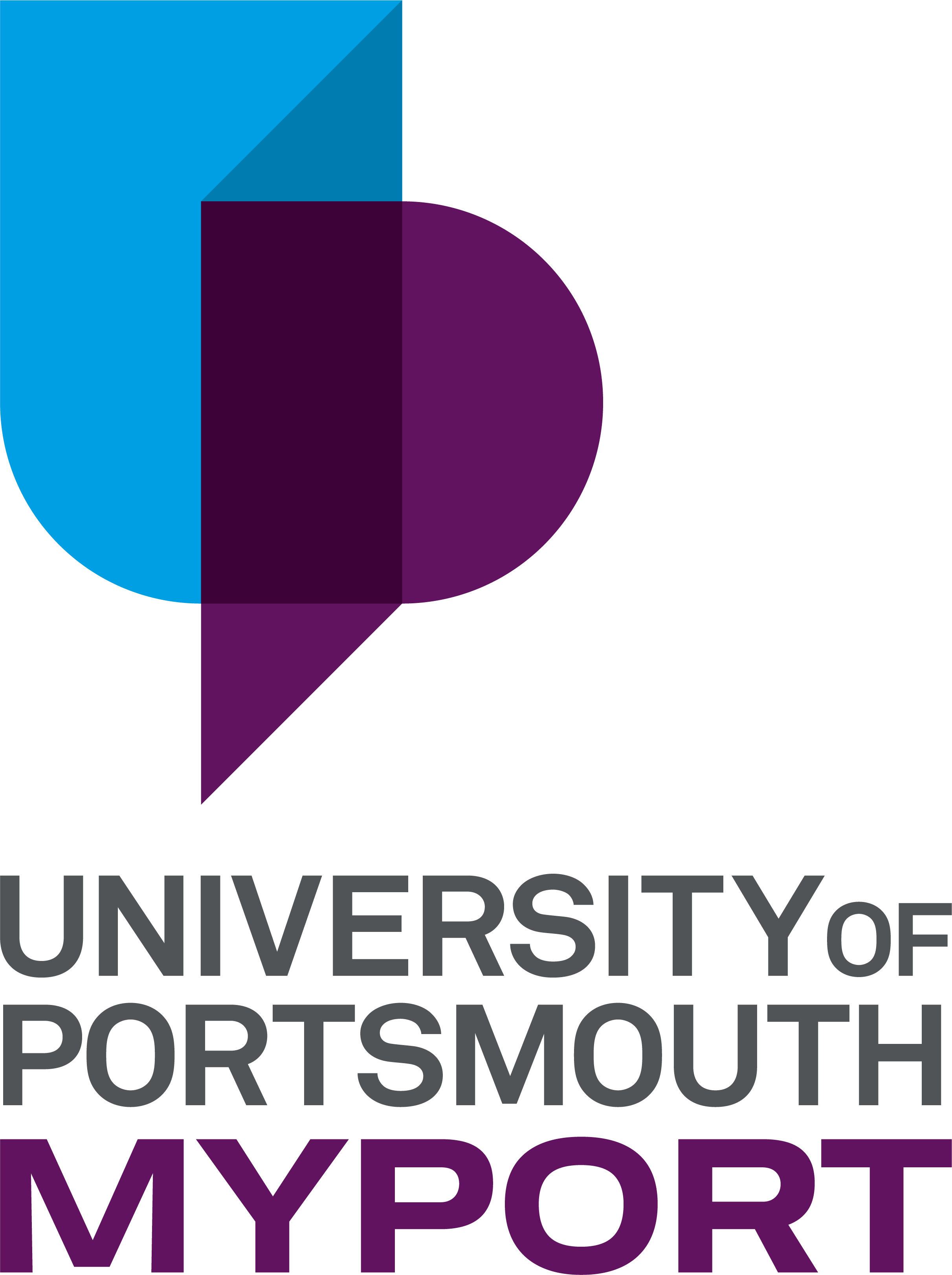Software
Click to expand the subjects below for details on our top software resources
AppsAnywhere |
AppsAnywhere is the University Apps portal that allows you to stream apps and download software for study and work - available anywhere, on and off-campus, anytime.
Go to the AppsAnywhere portal Get installation instructions and user guides
Adobe Creative Cloud |
Adobe Creative Cloud is a set of applications and services from Adobe Systems that gives users access to a collection of software used for, but not limited to, graphic design, video editing, web development and photography. Find out more about Creative Cloud.
Staff can request an Enterprise ID to gain access to Adobe Creative Cloud products.
Once an account has been set up, you can sign in to adobe.com to download Adobe creative cloud.
If you are using a Staff Windows device, install the Creative Cloud Desktop application from Software Center (Start > Microsoft Endpoint Manager > Software Center). Once you have the creative cloud app, you can then choose which individual applications you wish to install.
 |
Microsoft 365 (Office) |
As well as being freely available to use on University PC's, the University offers a free subscription to Microsoft 365. The subscription allows you to download the desktop version of Office on up to 5 PCs or Macs. You can also access the web-based version of Office and use the mobile versions for phone or tablet.
Installing office on a personal device
Go to https://www.office.com/
Sign in with your student email address and university password. e.g. up1234567@myport.ac.uk
Here you can use online Office services or find the latest download links for your chosen device.
Please note: If you change your University computer account password at password.port.ac.uk, your Microsoft 365 on-line account password will also update - This usually takes around 5 minutes or less, but can take up to 30 minutes to update and will end any active logins.
Subscription terms:
- Your Microsoft account is created automatically when you begin at the University. The subscription will last as long as you are a active staff member.
- When your active student status ends you will have 30 days to back up any online data from this account (OneDrive, SharePoint, etc.) after which your account will be permanently removed from these online locations.
 |
Google Workspace |
Google Workspace Suite includes access to Gmail, Calendar and Drive. Also Docs, Sheets and Slides.
Your Gmail account is the main method of communication in the University. You can login with your email address. For example, jo.bloggs@port.ac.uk.
You get considerable cloud storage with access to Google Drive. This is storage you can access anywhere, without needing to connect to the University's virtual private network.
Requesting software
You can request additional software using the forms below.
University software request forms
These forms are used for:
- requesting new software to be installed/made available for use across the university
- requesting updates to existing software to be installed across the university
- requesting software to be locally installed on your work pc
- requesting access to software currently deployed
- requesting quotes for purchases relating to software
- requesting purchases for software
Advice on using the form
You must request new software for Autumn teaching block before the end of February and submit requests for the Spring teaching block by the end of October. If requests aren't received before these deadlines or are received during the current teaching block they will be completed on a “best efforts” basis with no assurances as to the completion date. These request deadlines are referenced in the software form under the “required by” section.
The form may ask the requestor to identify the application software “deployment type “. This term refers to the way in which the application is to be delivered to, and installed on, the end-user’s workstation. The choice is between manually installing the software on individual workstations (Local Installation) or delivering the application across the University computer network and automatically installing it on multiple computers (Enterprise Deployment). The later method requires an Application Deployment Package to be created to contain the installation files which is then published to the University Intranet. This work will be carried out by the IS Application and Client Services (ACS) team. A local installation will be carried out by the local site support team that support your Faculty.
In general, the deployment type chosen will be dependant on the type and number of licenses available for the application (as defined below). Applications which are licensed for a small number of individual workstations or users, are best suited to a Local Installation. Applications for which a site licence or multiple-user license is held, are better suited to an Enterprise Deployment.
If the requestor is uncertain as to which deployment type to select, they should choose “Enterprise Deployment”. ACS will review the request and may contact the requestor if “Local Installation” would be more appropriate.
- Freeware: is software provided on a free to use license.
- Multiple User - Concurrent: limits the maximum number of simultaneous users.
- Multiple user - Fixed: limits the number of installations of the software up to the license limit.
- Site License: Site licenses allow unlimited use of the application across site. That is, the application may be used by any number of users and on any number of workstations on site. The requester should be aware that the definition of the word “site” may be specifically defined by the vendor. In general terms however, the term may be judged to mean “across campus”.
- Not Sure: If you are not sure what type of license your software uses please use this option.
A UAT email will be sent to a customer when the application deployment package is built. The customer will then be required to schedule a time with the ACS team developer to test the application, via the Service Request. Normally User Acceptance Testing will take place in the ACS team office, the address of which will be provided to the tester. Testing is carried out on a Managed Service PC with the current University build installed. The tester should provide any non-standard peripherals, data or equipment that may be required to fully test the application. It is the tester’s responsibility to run test sequences to verify the full functionality of the application as the ACS developer will not be familiar with the specific functionality of the software. When the tester is assured that the application is fit for purpose, they should authorise the UAT via IS Self Service as instructed by email. If the test fails, the ACS developer will attempt to resolve the highlighted issue. A new testing session will then need to be scheduled between the Tester and Developer.

